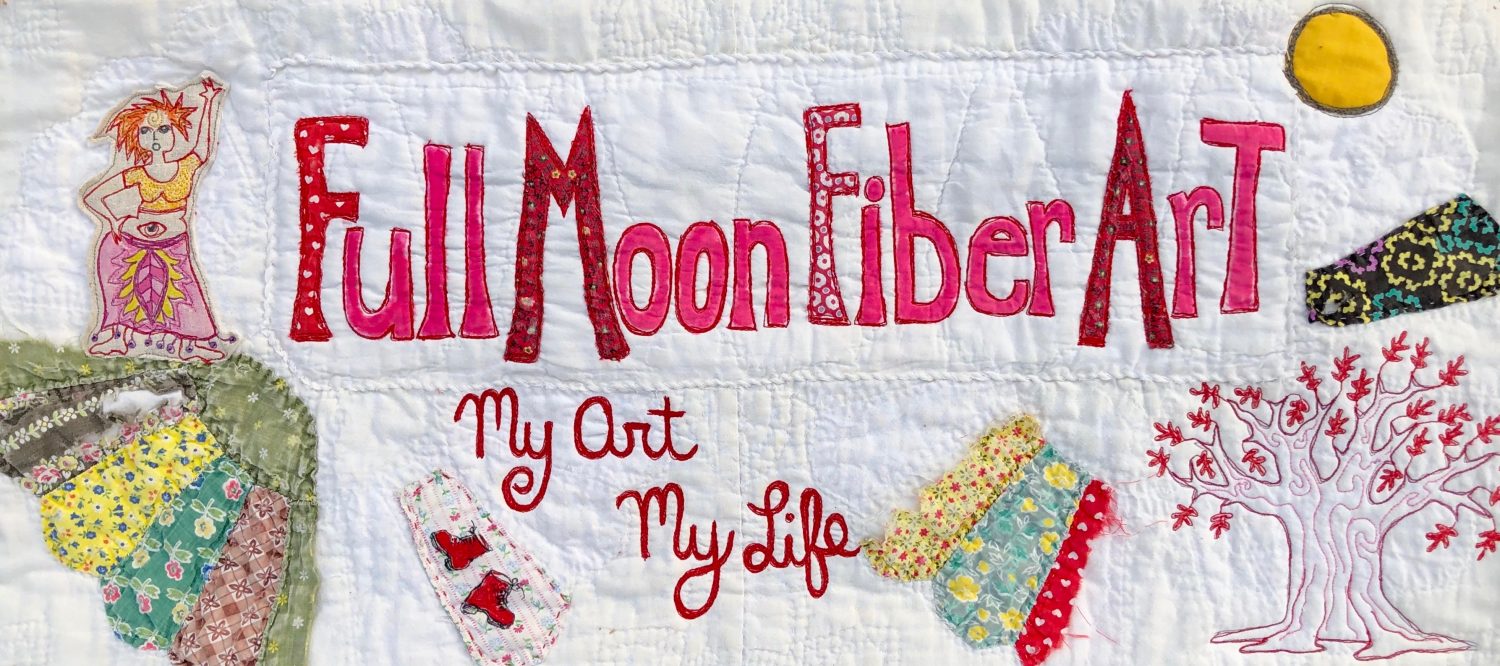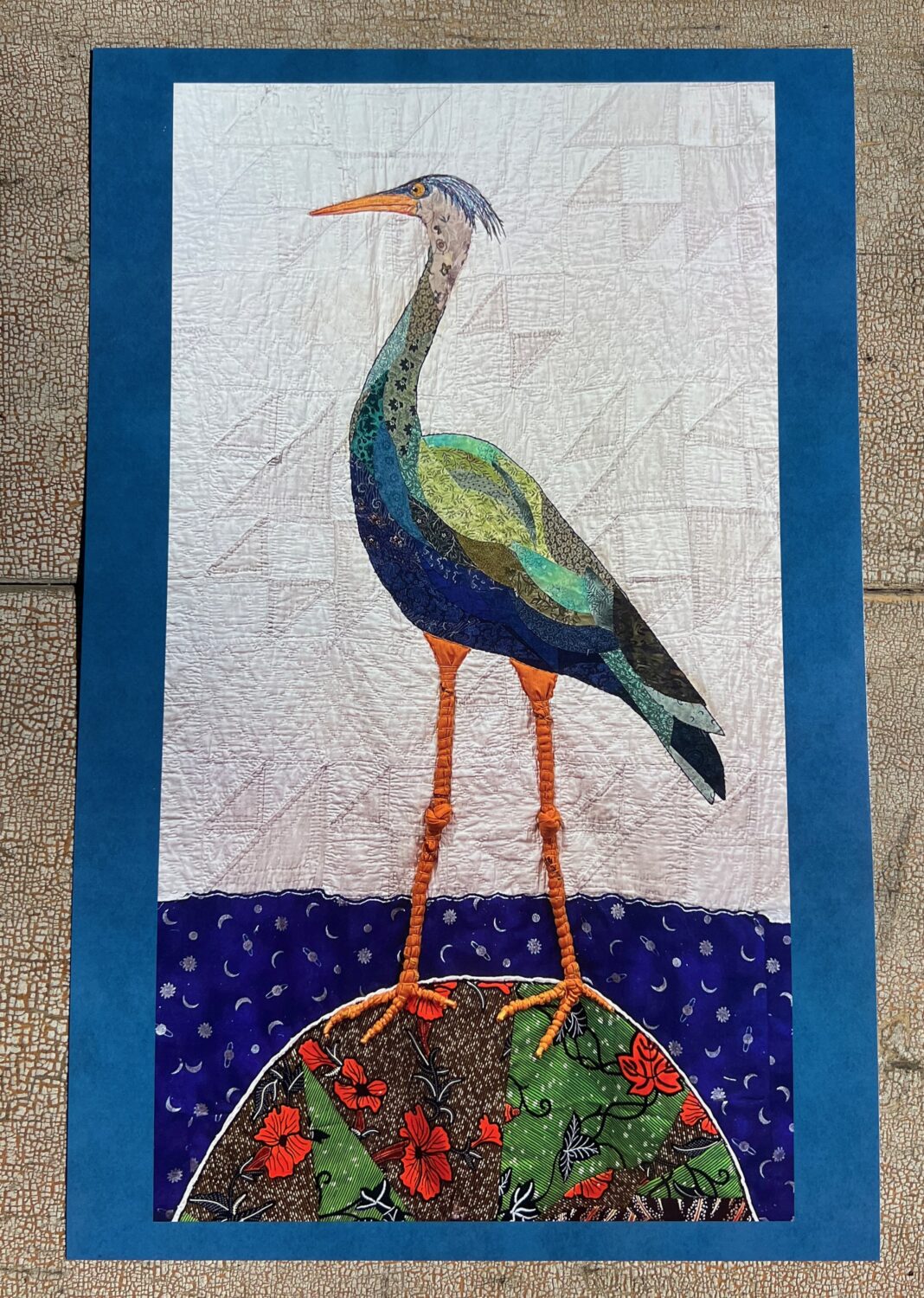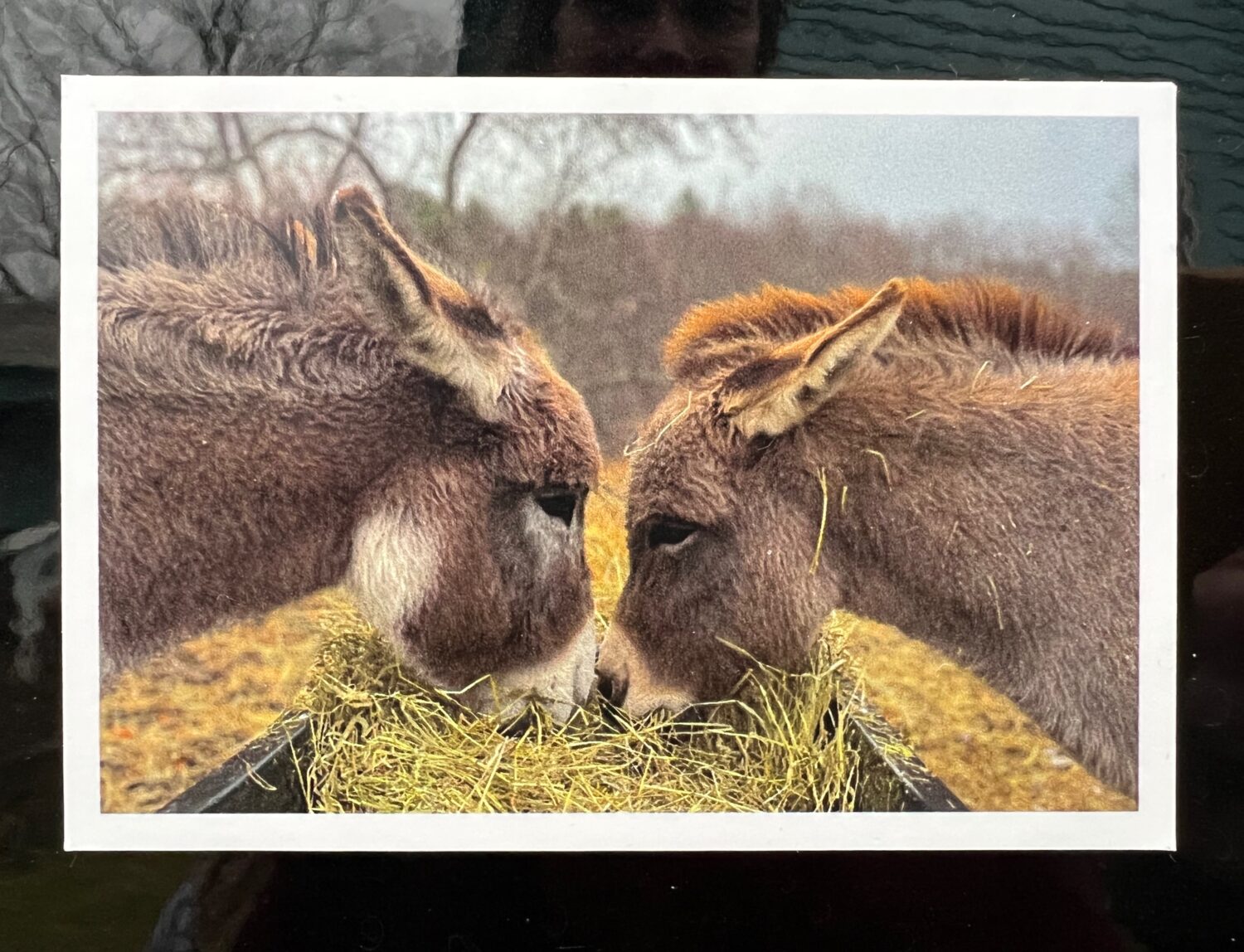
There were a few old houses in the post WWII suburban neighborhood, on Long Island, where I grew up. Walking to school I loved peaking between the giant old trees and bushes that shaded and obscured the houses from view. I’d make up stories about the people who lived there, how they’d invite me in. The rooms would be big and dark, rambling on an on. Just the right amount of spooky. They were always warm, with big fireplaces. And there was always a wood-paneled library, books from the floor to a ceiling that was so high it receded into shadow. There was a big stuffed chair and lamp, just waiting for me. Those old houses were safe places I could go in my mind, to escape my life.
Later, I got to know old houses in a different way. By living in them and working on them. I became a bit of an Old House snob. I would drive by a Victorian house and scoff at it, if it was painted the wrong color to be historically correct. “The trim isn’t supposed to be a lighter color than the body of the house.” I’d quip. I was annoyed, these people were doing it all wrong.
But I was the worst when it came to windows. I gladly climbed the aluminum ladder to the second floor of the house carrying storm windows, almost as big as me, replacing the screens in the fall and doing the reverse in the spring.
The windows are the eyes, to the soul of the house was my mantra. Aluminum storm windows repulsed me. And replacement windows (especially with the fake mullions between the two panes of insulated glass) were even worse. I had no sympathy for the occupants of the house. I’d rather be cold in the winter and have insects infesting the house in the summer rather than have “fake” windows on my house.
And aesthetics won out over the environment every time.
I started to mellow a bit about such things when I moved upstate. The farm houses I saw in Washington County were a hundred years older than the houses in the neighborhoods where I lived on Long Island. It wasn’t unusual to see a house with foam board insulation plastered on top of the clapboard. How cold the house must be, how few choices, I thought, people must have to do such a thing to an old farm house.
And I began to understand that to them it wasn’t an old historic farm house, it was their home. And it got really cold in the winter. Cold enough to stretch plastic over the windows the way pioneers used to use oil cloth instead of glass to let the light in.
Restoring houses, as close to their historic condition as possible, and still being able to sell them, became the driving force in my first marriage. For over 20 years we moved from house to house, sometimes owning two at a time, working on them simultaneously. How much money we made fluctuated with the market. The work was exhausting,mostly unfulfilling and endless.
When I think of it now I wonder that we weren’t unconsciously trying to fix a broken relationship by creating the “perfect” house. Then, of course, when you get the perfect house, the only choice is to move on. That, or look at the real problem, which had nothing to do with where I lived.
Last year Jon and I put inexpensive aluminum storm windows on our 1840’s farm house. I was so grateful to be able to open my widows in the summer without having to remove every wooden storm window. I no longer want to spend my time and energy removing and replacing storm windows. And I’m just as grateful in the winter not to feel the breezes that blew through those ill fitted storms.
Yesterday, our friend and handyman, Jay came to take the last of the shutters off the front of the house. Before we even lived here, I used to pass this house, driving on route 22, and think it so perfect, so sweet with its porches, attached woodshed and green shutters.
But honestly, shutters are a pain in the ass to maintain. They’re awful to paint and ours began falling apart, it seems, the moment we moved in.
We got rid of most of the shutters when we had the house painted earlier in the summer. We decided to put the shutters back on just the front of the house. But when the person who painted the house put them back on, a couple of the shutters to the small windows on the second floor were broken beyond repair. So he screwed two pairs of large shutters on the sides of the small windows.
I’m no longer a snob when it comes to old houses. I understand that everyone who owns an old house may not want it to look historic. They may want it to work for them. And although I wouldn’t judge anyone else, there are still somethings I just can’t do. And shutters that are too big, or too small for the window is one of those things. I would cringe every time I drove up the drive way. I actually stopped looking at the front of the house, it bothered me so much.
In a perfect world I would have interior storm windows so the mullions of the windows would be visible on the exterior of the house. Making the windows once again the eyes to the soul of the house, something I still believe strongly in. Then the shutters, which aren’t original anyway, would be aesthetically obsolete.
But I don’t need a “perfect” house anymore.
What I want now, and maybe have always been looking for, is a good and loving home. And that’s about what goes on with the people inside inside the house, not what it looks like on the outside. That doesn’t mean I don’t want my house be look a certain way, I obviously do. But my priorities have changed. And I’ve found I like not living in a “perfect” house. It reflects who I really am. Far from perfect.















Letting go, letting go, letting go……
Janet
Very warm description of your house/home feelings.
I’m impressed by how you are able to talk about your old beliefs without being hard on yourself. Your tone is simply, that’s what I cared about then, my priorities have changed. Matter of fact. Lovely.